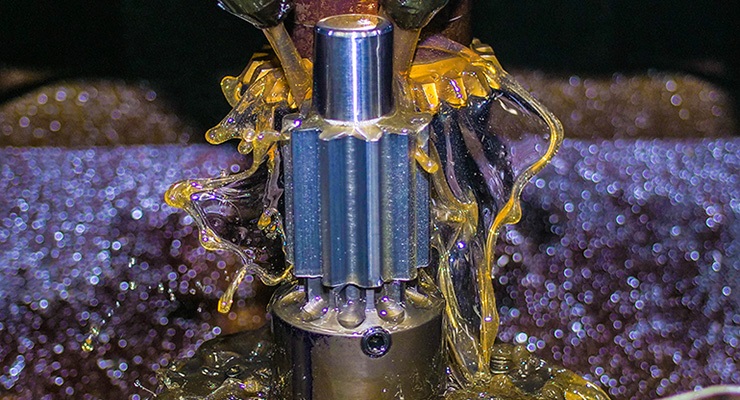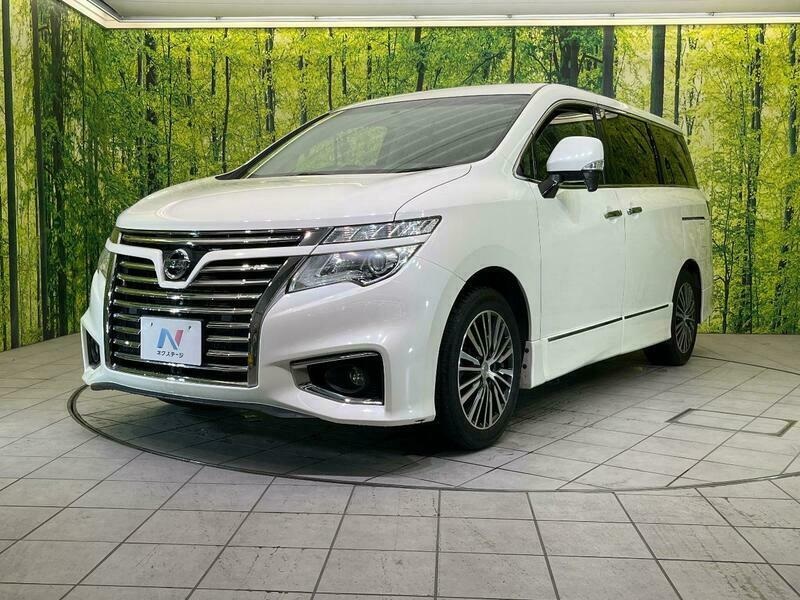Lithium-carbon batteries are growing in popularity due to their high performance and environmentally friendly composition. With proper selection, lithium-ion batteries can be a superior power source for electronics and electric vehicles. However, there are several key factors to consider when choosing a lithium-ion battery. This article provides guidance on selecting the optimal lithium-ion battery based on needs and application.
- Assess performance specifications.
The first step is determining the required performance specifications. Consider the power, voltage, capacity, and minimum cycle life needed. High-drain and high-load applications demand batteries with maximum sustained output. Lower drain uses prioritize longevity over peak power delivery. Compare lithium-ion battery specs like mAh capacity, maximum continuous and pulse discharge rates, operating temperature range, nominal voltage, and projected cycle life. Matching performance specs with application needs ensures the battery can handle the required loads.
- Evaluate Construction
Pay close attention to how lithium carbon batteries are constructed, as this greatly impacts safety and efficiency. Pouch, prismatic, and cylindrical cell designs each have pros and cons. Look for robust safety features like current interrupters and fire suppression agents. The cathode, anode, electrolyte, and separator materials also affect performance. Many manufacturers customize lithium-ion batteries with proprietary electrodes and electrolytes. Review details on the battery components and how they are architected. Advanced construction provides longer operation, faster charging, and safety.
- Assess Rechargeability
Determine whether a rechargeable or single-use lithium-ion battery is optimal. Rechargeables cost more upfront but pay off over hundreds of charge cycles. Single-use lithium-ion batteries don’t require external charging equipment. Evaluate tradeoffs like convenience, costs, sustainability, and required lifetime. Also look at charging options, including solar, wired, and wireless capabilities. Faster charging allows batteries to be topped up quickly during short downtimes. The ideal lithium-ion battery fits charging needs.
- Consider operating conditions.
The lithium carbon battery performs differently in various operating environments. Check the maximum and minimum operating temperatures and the impact on capacity. Consider ambient temperatures where the battery will be used and stored. Also assess the effects of moisture, dust, vibration, orientation, and other conditions. Determine the required protection ratings based on exposure to elements. Batteries optimized for specific use environments will deliver longer runtimes and better lifespans
- Evaluate safety precautions.
Safety is a top priority when utilizing any lithium battery chemistry. Look for built-in safeguards against issues like overheating, short-circuiting, overcharging, and electrical faults. Redundant systems, damage-resistant casings, pressure releases, and disconnects prevent dangerous failures. Independent safety certifications like UL 1642 are reassuring. Also, ensure the battery includes handling warnings and instructions. Using lithium-ion batteries safely reduces the risk of leaks, sparks, smoke, or explosions.
- Analyze cost considerations.
Weigh the upfront cost of a lithium-ion battery versus its usable lifetime. Less expensive batteries often have shorter lifespans with fewer charge cycles. Calculate per cycle or hourly costs over the total operating life. Include required ancillary equipment like chargers and battery management systems. While the initial cost is important, the value derived over years of service matters more. The optimal lithium-ion battery has reasonable pricing relative to performance and lifespan.
- Review Sustainability Impact
Sustainability is a key benefit of lithium-ion batteries versus traditional chemicals. Evaluate energy efficiency, recyclability, and manufacturing processes. Li-C batteries can utilize recycled materials and be disposed of or repurposed responsibly. At the end of their lives, materials in lithium-ion batteries retain value. But manufacturing practices play a role too, such as renewable energy use, carbon emissions, and resource conservation. Prioritize suppliers with demonstrable sustainability initiatives.
- Inspect quality and testing.
Reputable lithium-ion battery makers perform extensive testing to ensure optimal quality. Review test criteria like cycle life analysis, visual/mechanical inspection, electrical/performance testing, and stress testing. Strict process controls and comprehensive testing reduce defects. Ask suppliers for detailed testing data and quality reports. Cross-reference any certifications from oversight organizations. Evidence of rigorous quality control results in reliable, consistent battery operation
- Research the manufacturer.
The manufacturer behind a lithium-ion battery is just as important as the battery itself. Look into their reputation, capabilities, and experience. Long-running lithium battery producers with proven track records make ideal partners. Deep expertise in lithium carbon and battery engineering is preferred. Ask about their design process. Sophisticated manufacturers can help select the optimal chemistry and customization for specific applications.
- Evaluate temperature management.
Lithium- carbon coatings batteries perform best within certain temperature ranges. Make sure the battery has adequate built-in temperature regulation to avoid overheating and maximize efficiency. Advanced battery management systems monitor temperature and adjust discharge rates accordingly. Passive measures like cooling plates also help stabilize temperatures. Optimal thermal management preserves battery health and extends longevity.
- Check for built-in monitoring.
Advanced lithium-ion batteries feature integrated monitoring to track key metrics. Battery management systems record data like voltage, current, temperature, charge level, and more. This allows for identifying problems before failures occur. Monitoring also enables optimizing usage patterns for efficiency. Choose lithium-ion batteries with robust data recording and analysis capabilities for maximum visibility.
- Request detailed documentation.
Reputable lithium-ion battery suppliers provide extensive documentation on specifications, testing, certifications, handling, maintenance, and support. Thorough manuals cover critical information on installation, optimal use, safety, decommissioning, and more. Clear documentation demonstrates the supplier’s knowledge and commitment to education. It also ensures access to key battery details throughout its lifetime.
- Ask about warranties.
Most lithium-ion battery suppliers offer warranties protecting against early failure and defects. Compare warranty periods, coverage inclusions, limitations, claims processes, and turnaround times. Robust warranties provide peace of mind while evaluating new suppliers and chemicals. They also encourage suppliers to stand behind their batteries’ reliability and lifespan claims.
- Discuss ongoing support.
An ideal lithium-ion battery partner also provides technical support and guidance after purchase. This includes maintenance recommendations, troubleshooting help, performance optimization, and more. Check on available support channels like phone, email, remote monitoring, on-site assistance, and emergency assistance. Ongoing support is invaluable for complex batteries powering critical systems and equipment.
Conclusion
Choosing the best lithium-ion battery requires research and matching specs to application. Assess performance, construction, rechargeability, operating conditions, safety, costs, sustainability, quality, and the manufacturer’s reputation and capabilities. The ideal LiC battery efficiently powers devices with excellent lifespans. With diligent selection, lithium-ion batteries can provide reliable, eco-friendly energy storage and power output for virtually any need. Carefully evaluating options against requirements makes selecting the right lithium-ion battery straightforward.






















